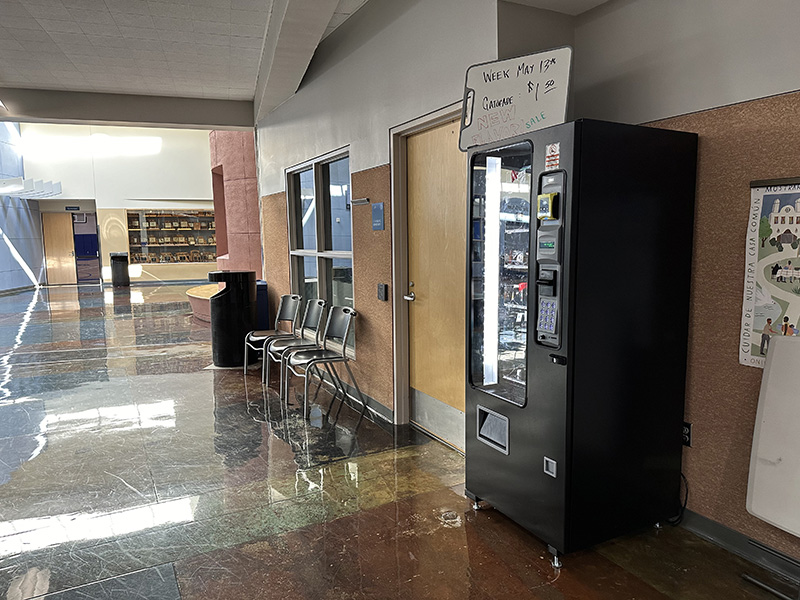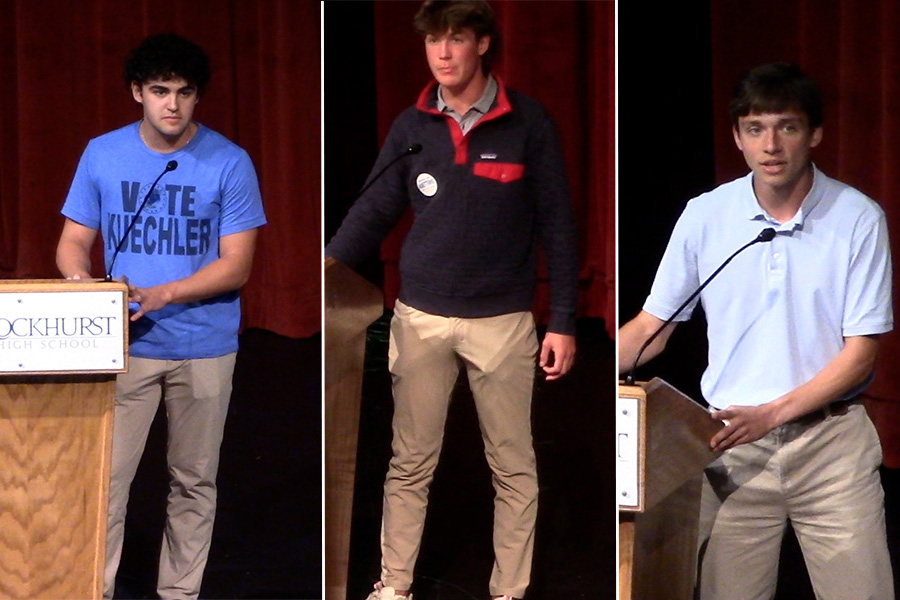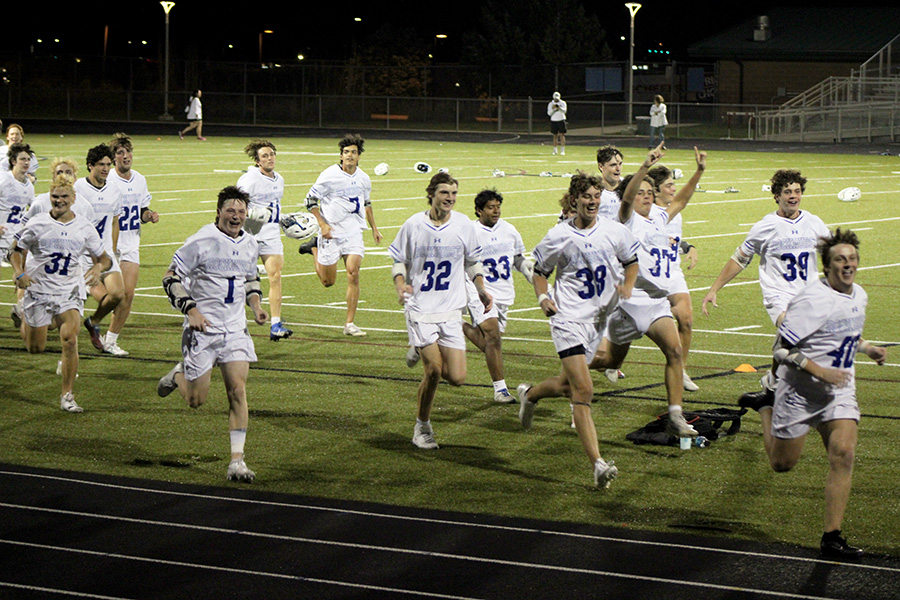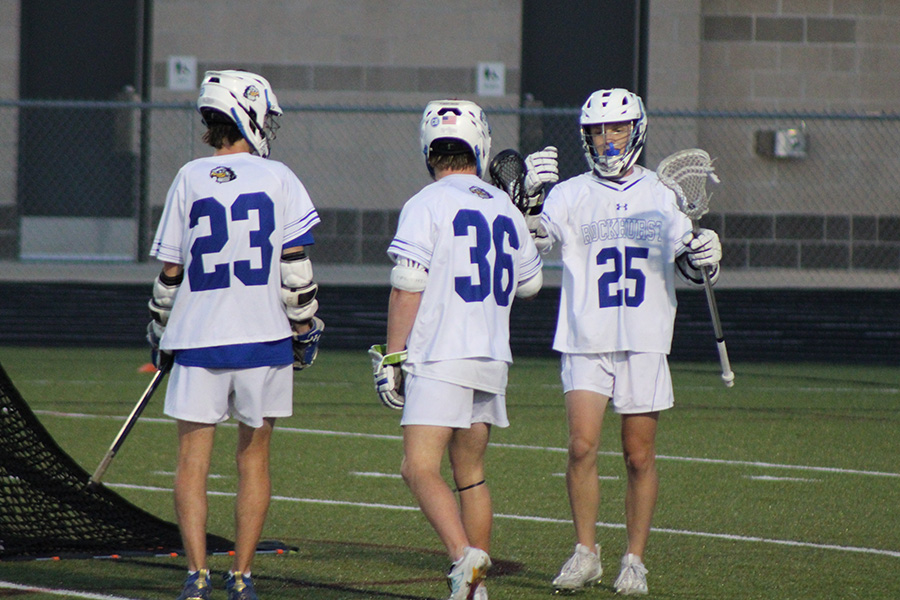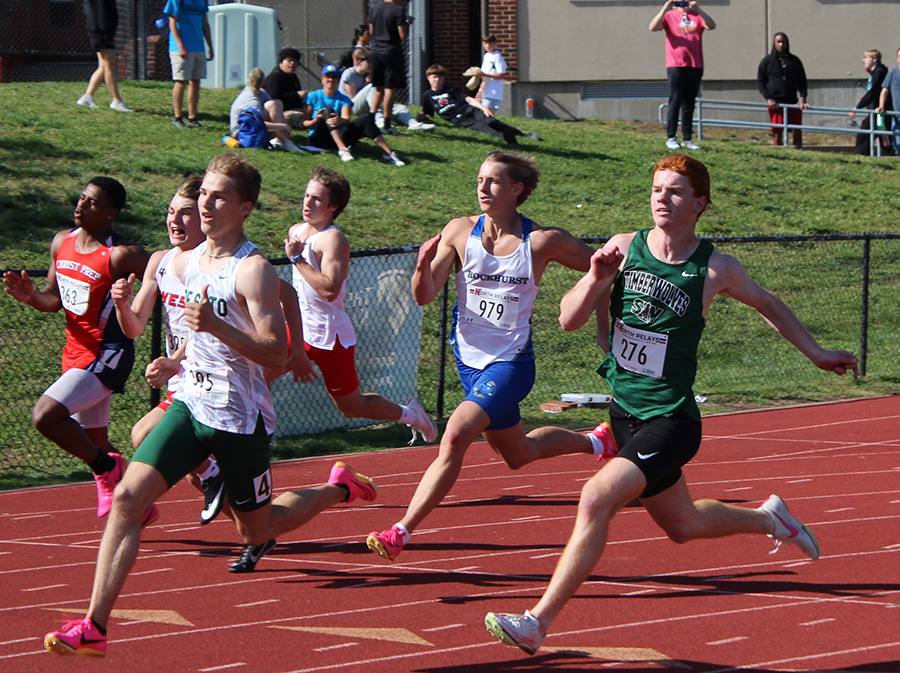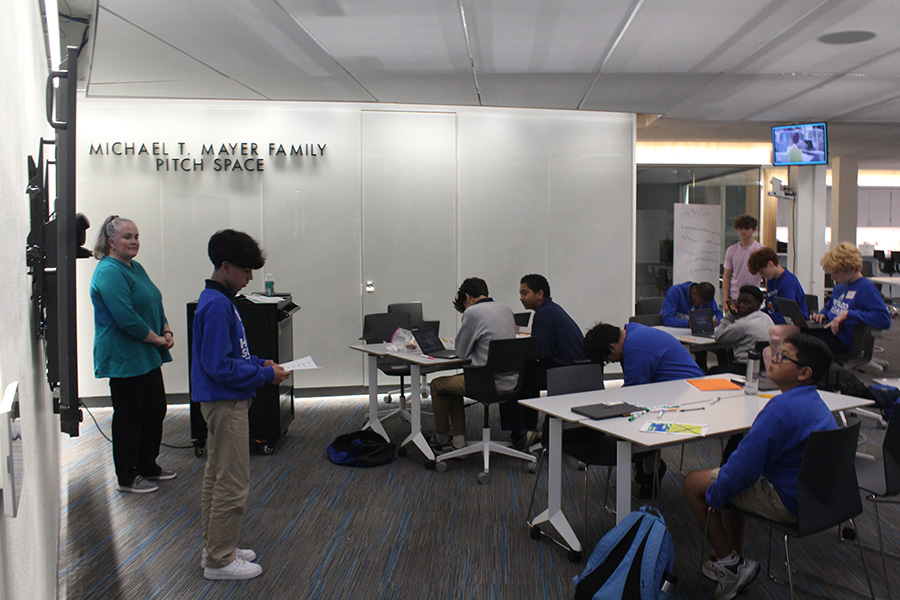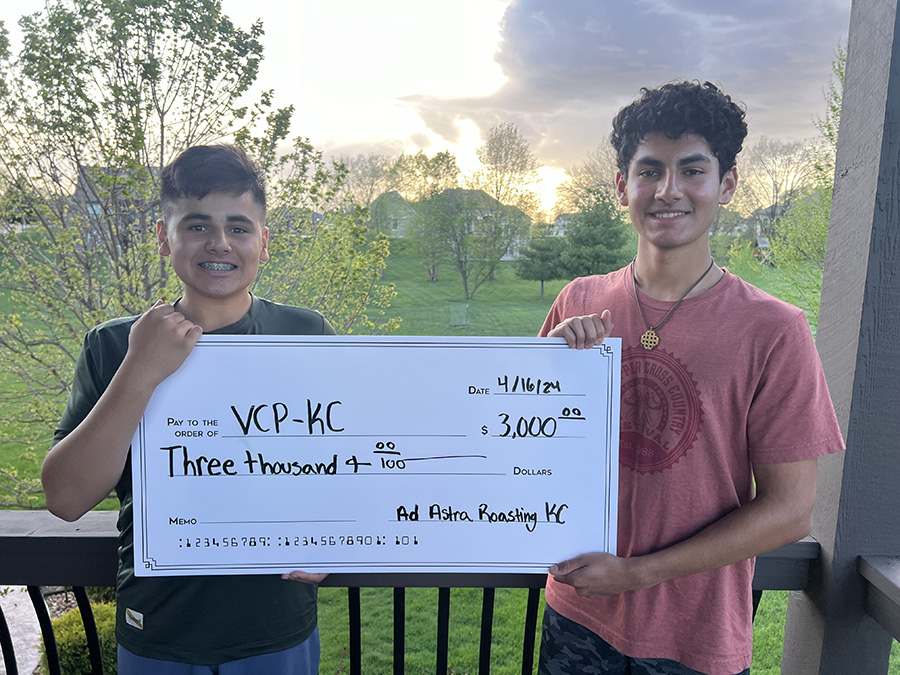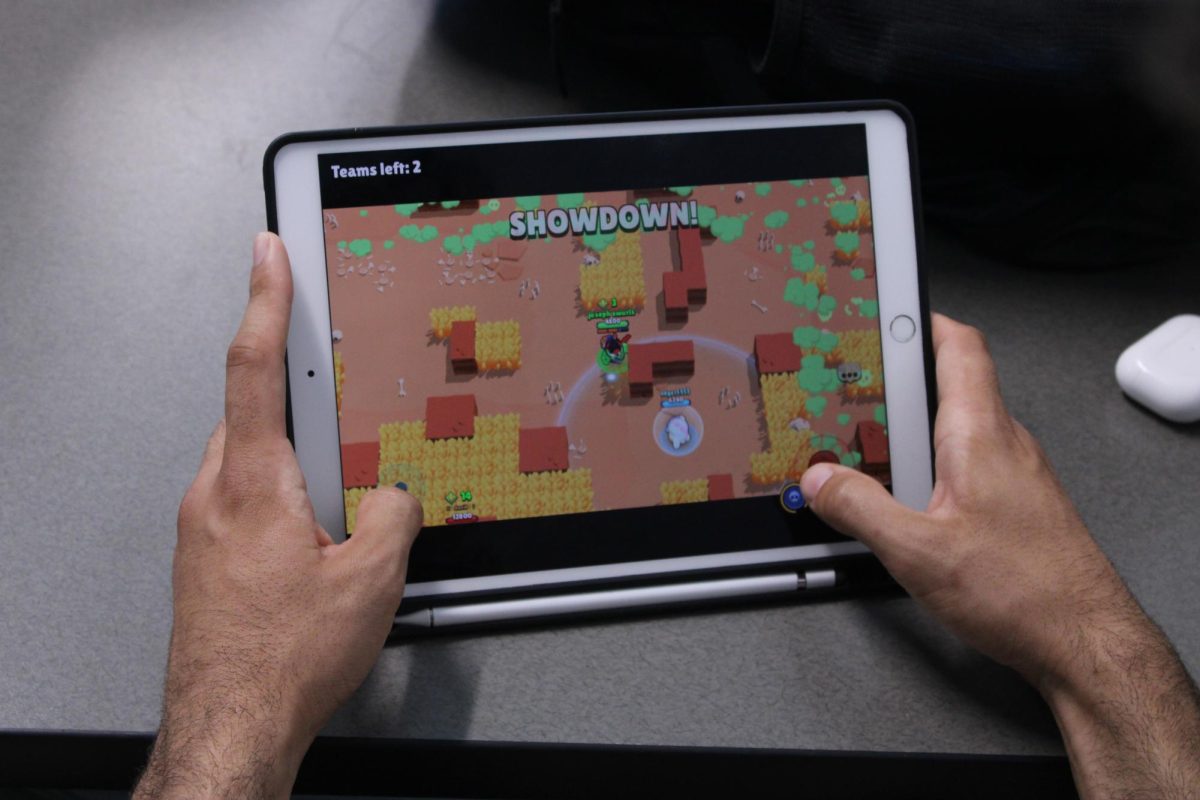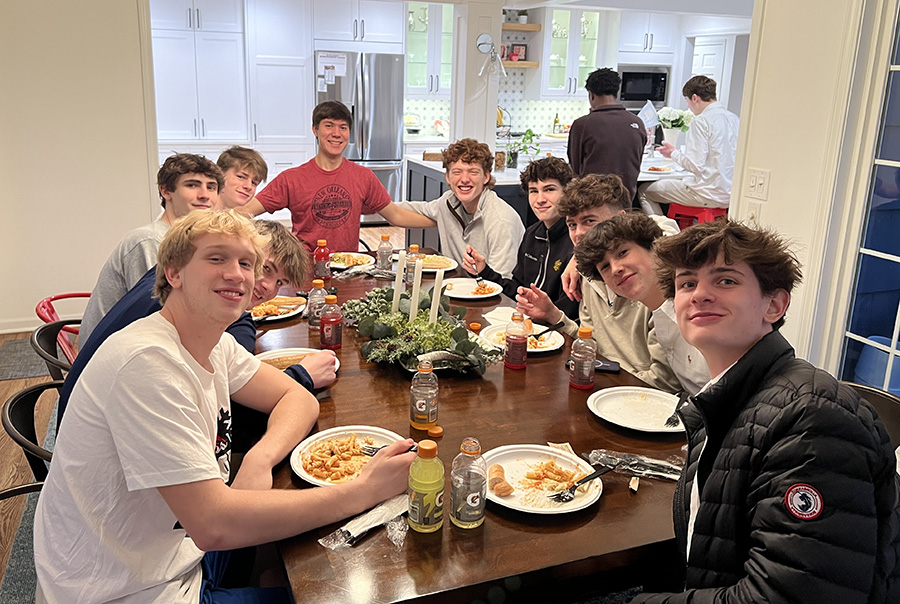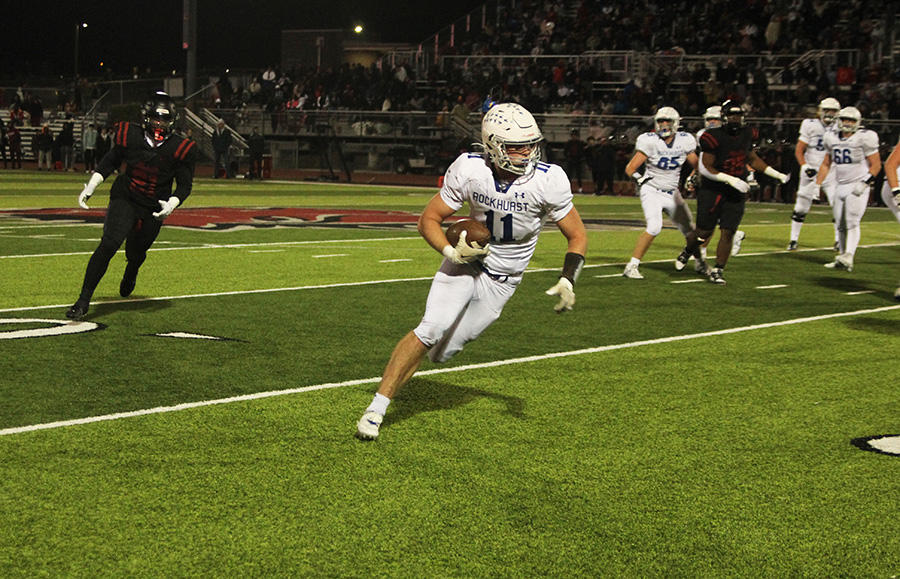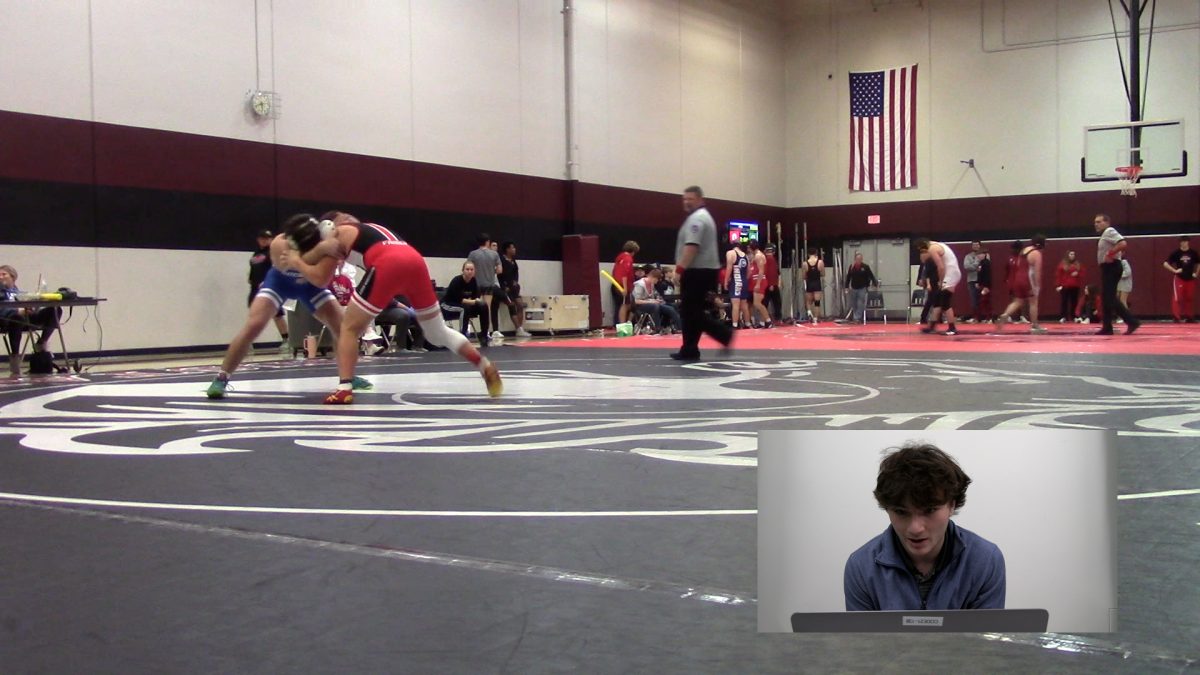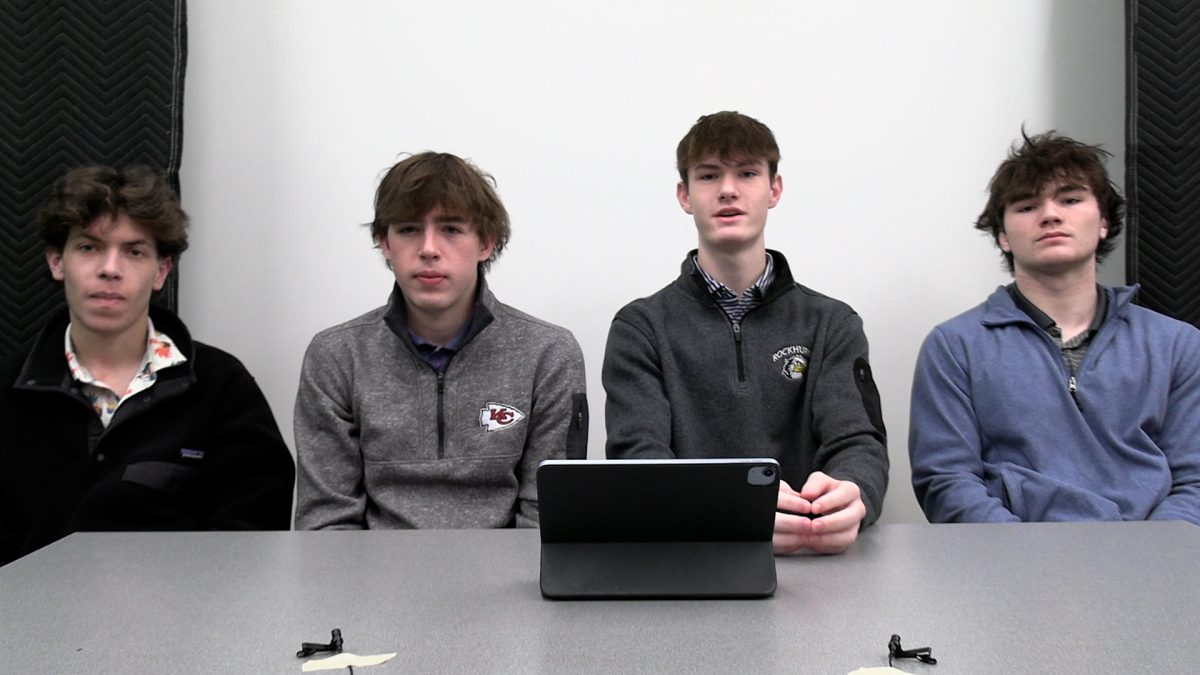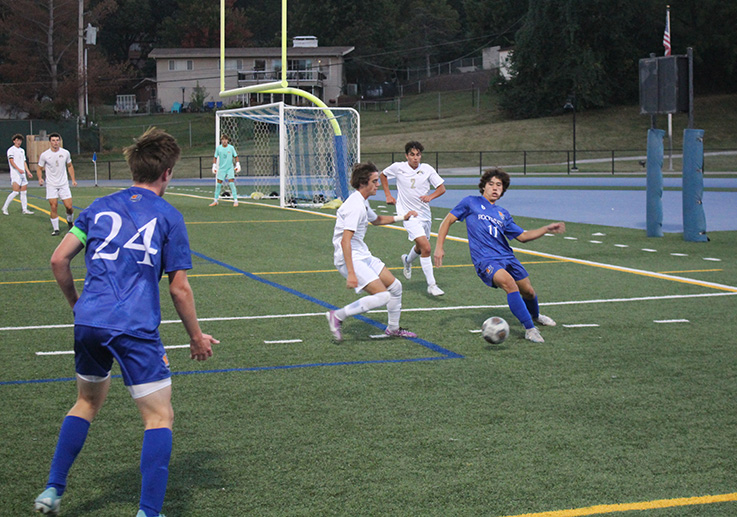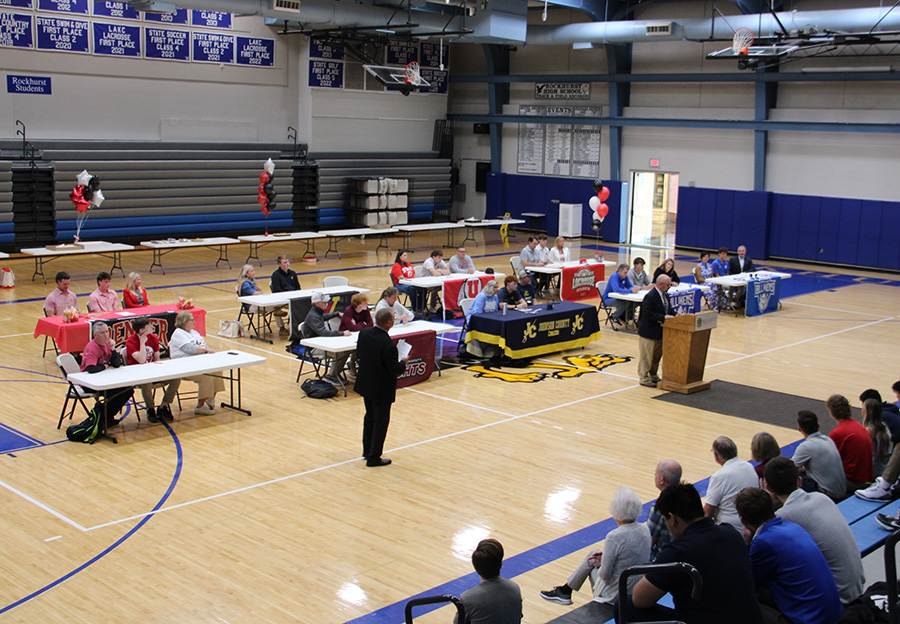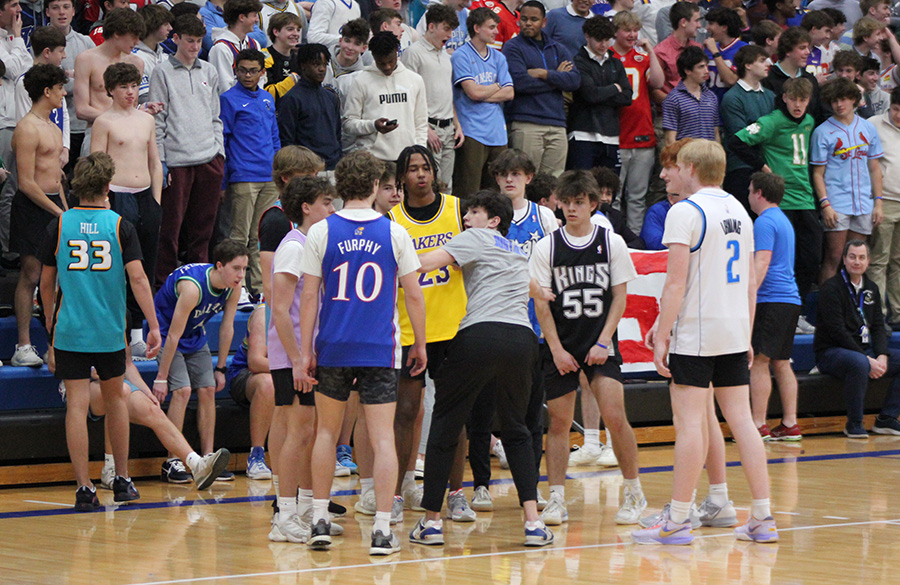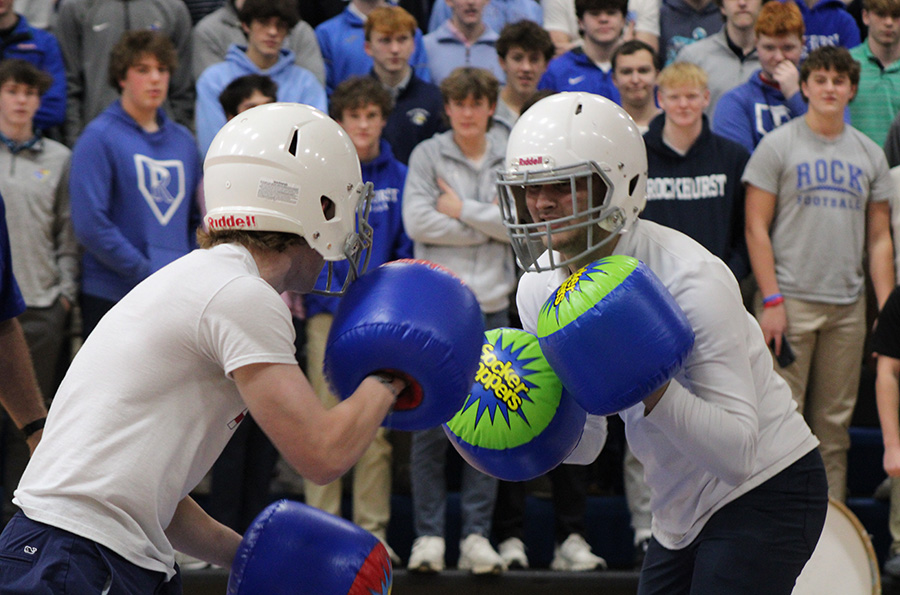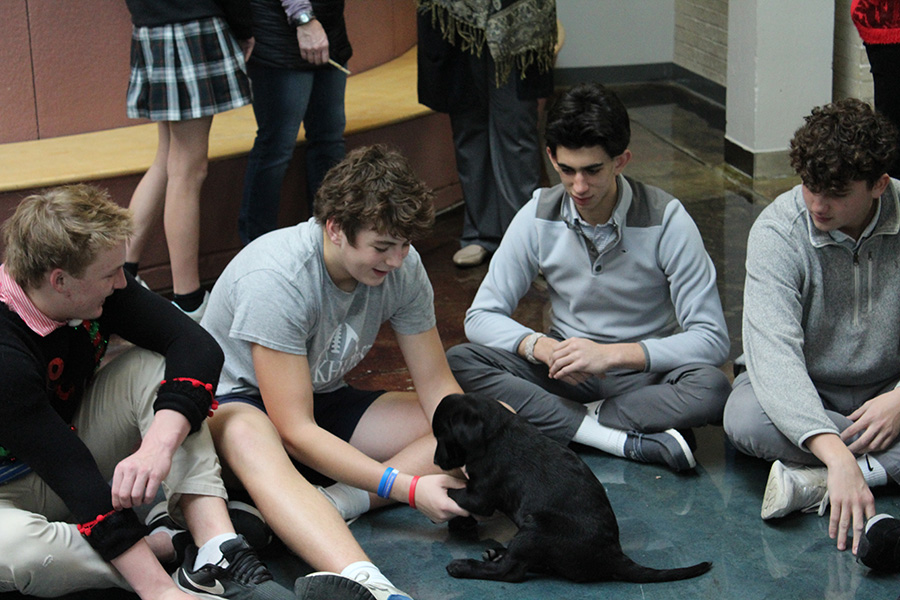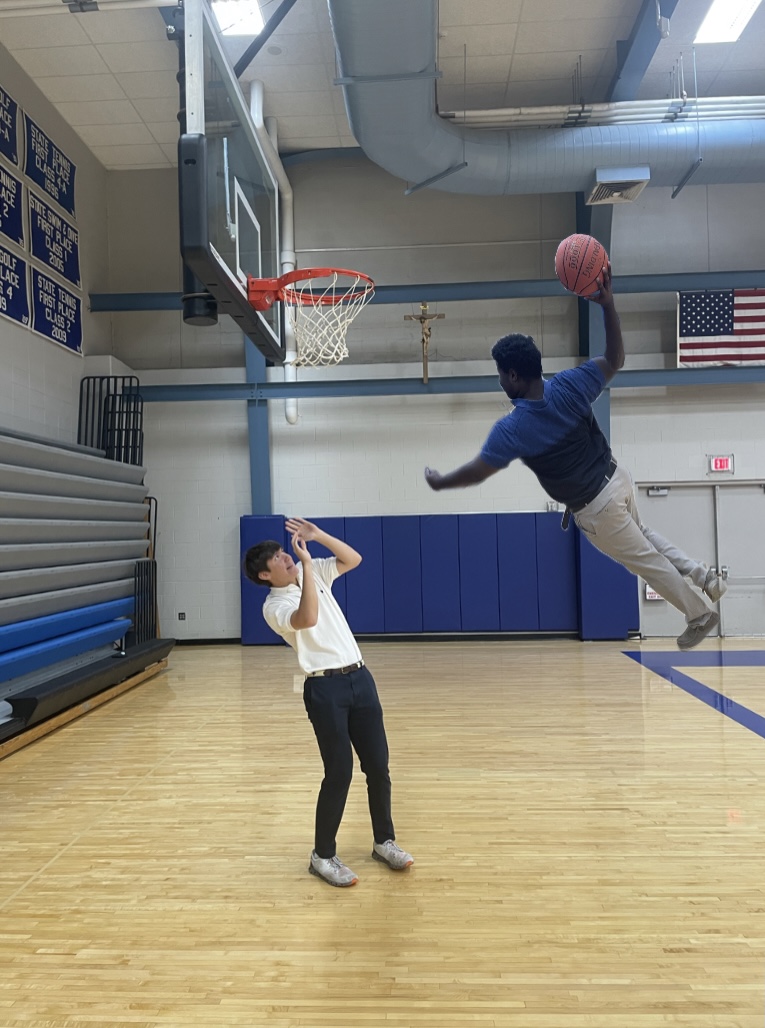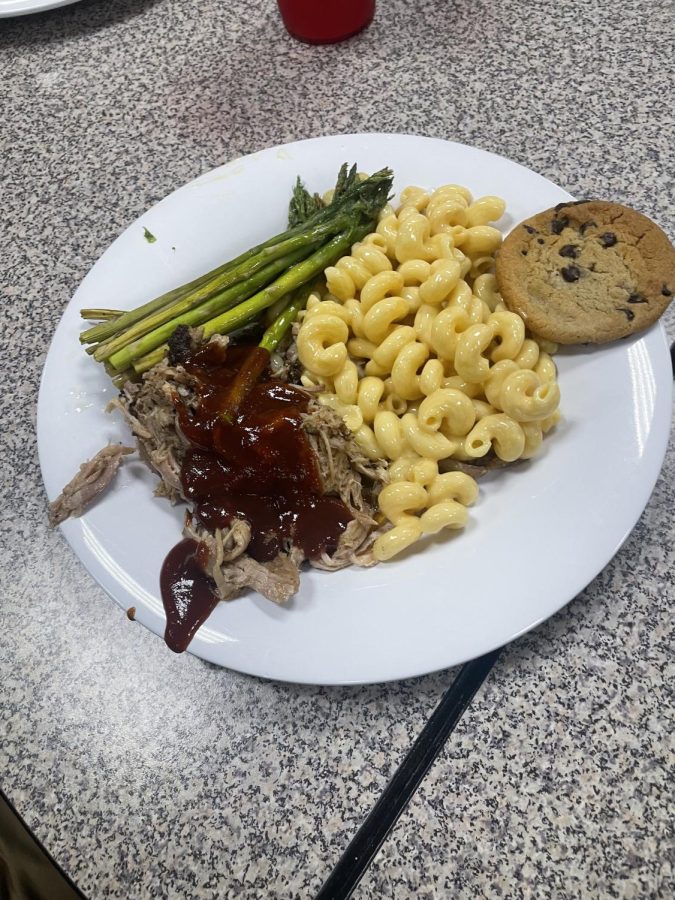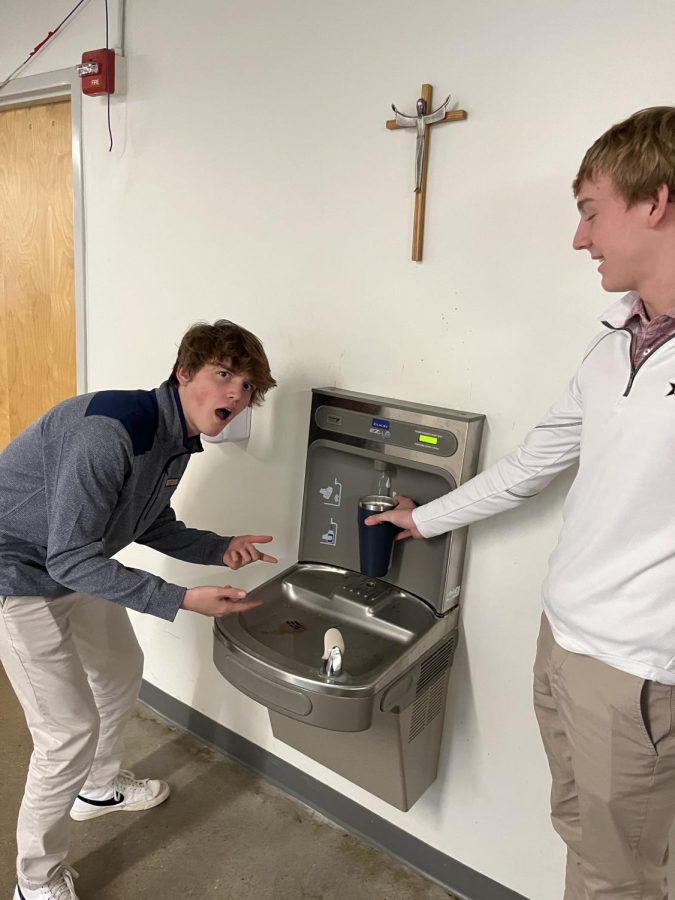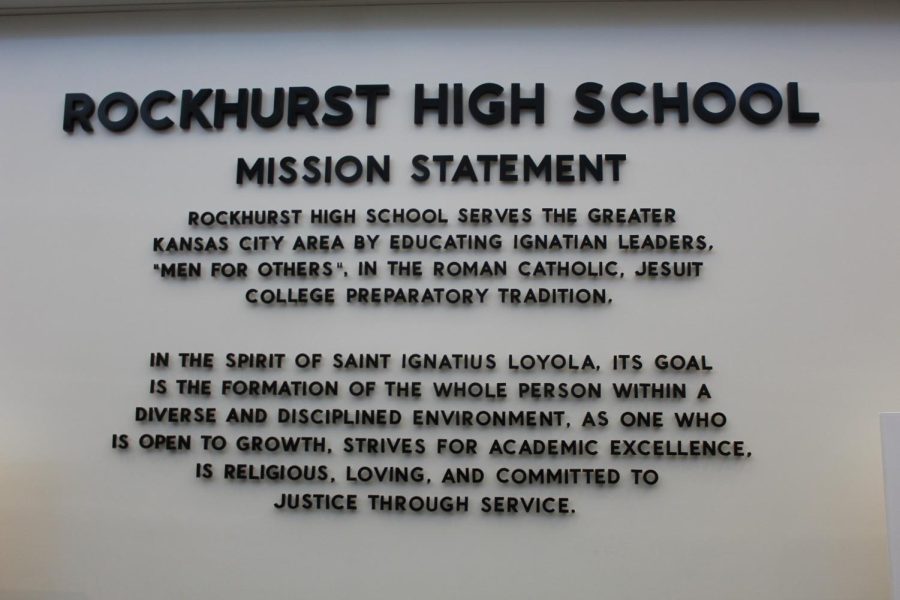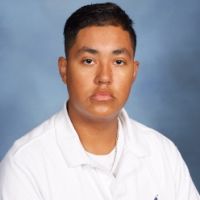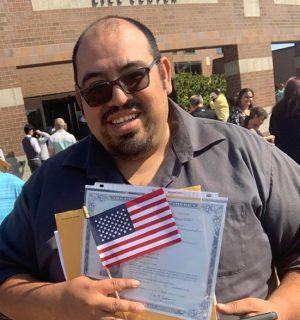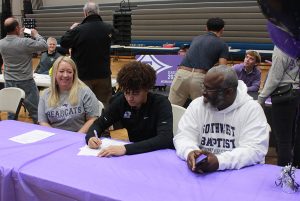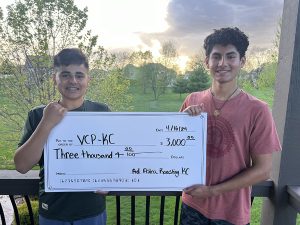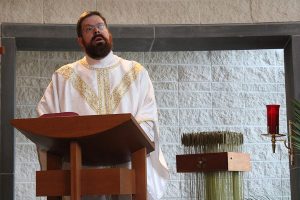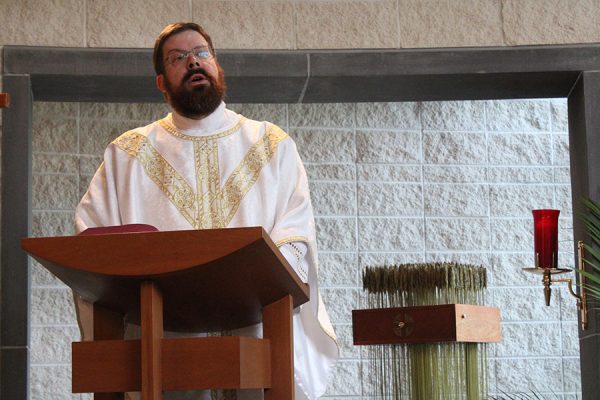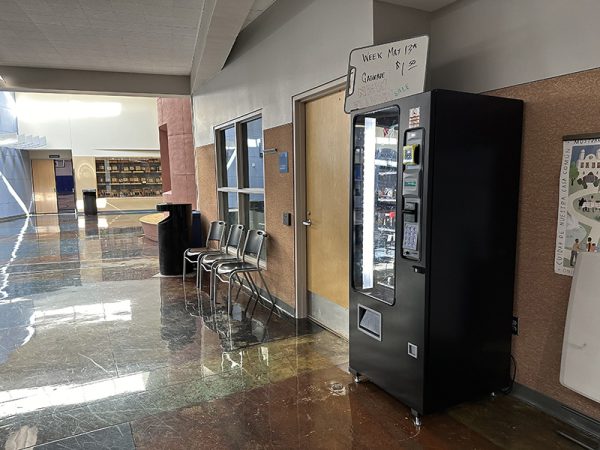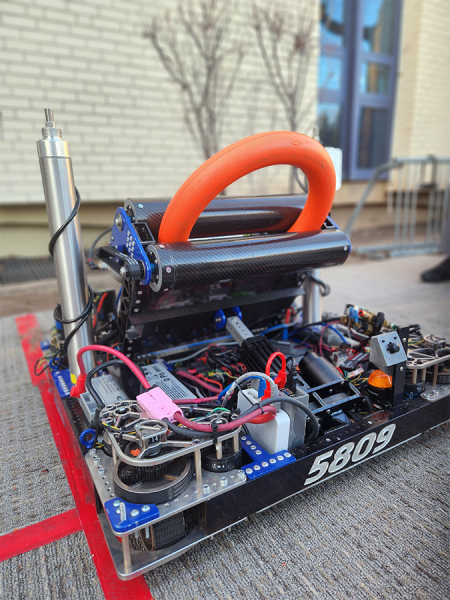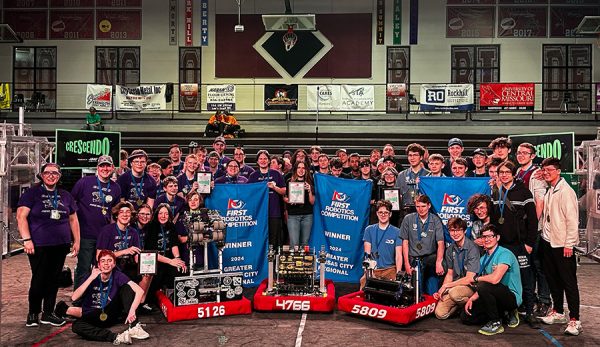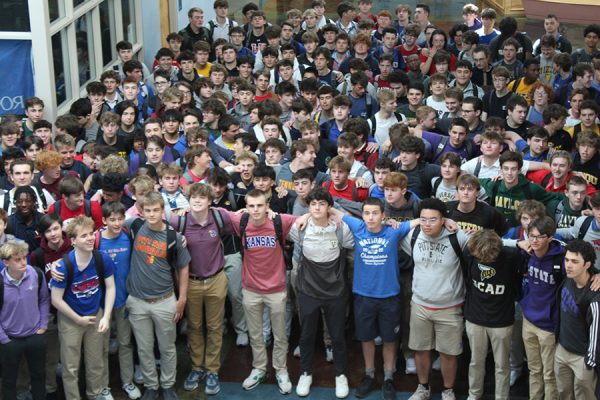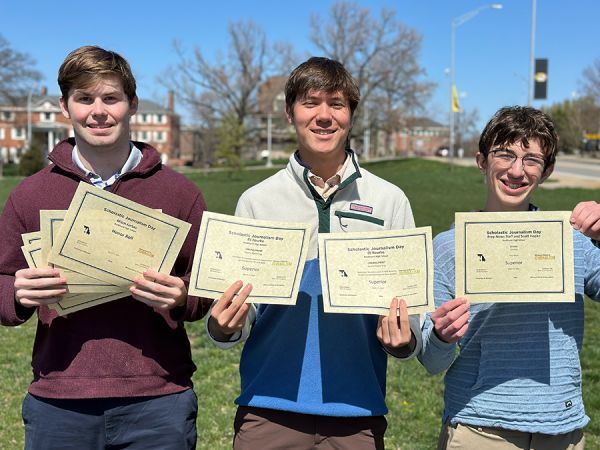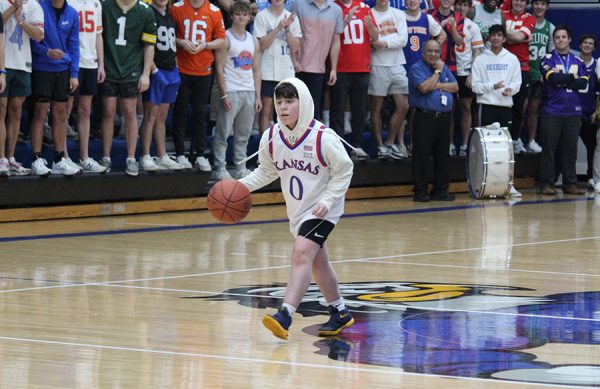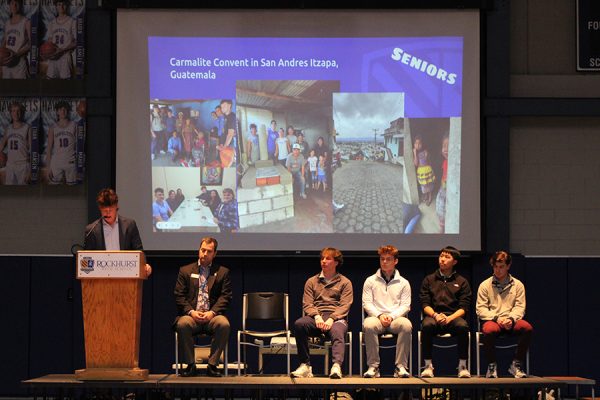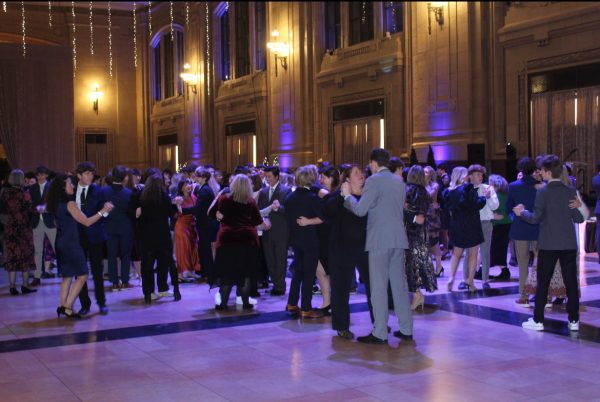Work in Progress: The Perception and Reality of Diversity at Rockhurst
October 30, 2022
Being one of the few, if not the only person of color in a room, is a regular occurrence for many minority students at Rockhurst, like myself. The recent conclusion of Hispanic Heritage Month offers a chance to analyze what kind of diversity Rockhurst has and how it can continue to improve upon those numbers. This uncomfortable conversation for many is a necessary one in trying to promote equity and inclusion in a predominantly white institution, students of color say.
In the Rockhurst graduating class of 2001, only 11% of students identified as people of color. Contrast that with the Class of 2026, in which 26% identified themselves as students of color according to statistics from Rockhurst Admissions. While we have seen a 15% increase in the number of students of color since 2001, that number could always be improved to better foster an environment of acceptance and understanding for all students.
Former Director of Hurtado Scholars and theology teacher Marvin Grilliot says Rockhurst’s lack of diversity stems from when the school moved away from central Kansas City to its current location in the 1960s. Anthony Re, the current Director of Hurtado Scholars, says the timing of the school’s move coincided with a trend occurring throughout the city: white people moving out of inner city neighborhoods and into more suburban parts of the metro.
“[It] was in line with what was going on overall in the housing market–white flight,” said Re.
Grilliot says the school’s location and cost of tuition likely contributes to the perception that Rockhurst is not diverse. Student leaders agree, and would add Rockhurst’s connection to Catholic grade schools around the area to that list. But there is a notion “that because of our connection to Catholic grade schools, tuition and where we are in the city, we’re not the place for students of color” said SGA Vice President Simon Connor ‘23, but Connor and others say this couldn’t be further from the truth. The Hurtado Scholars program, financial aid initiatives and work grant should continue to be promoted in school media, as “[it] shows that students of color are here now and that Rockhurst continues to be open to them,” said Connor.
Teachers and students say it is a continual effort and requires, in part, the curriculum to incorporate “a broad understanding of diversity and inclusion,” said Grilliot.
“Theology is in a unique perspective in that [it] has an opportunity to say, ‘forget that, we’re looking at this from a perspective of faith, spirituality, and justice.’ I certainly like to think that that cuts across any divisions,” Grilliot added.
Furthermore, Re stressed that “Rockhurst is a place where your boy is welcome, where your boy will be loved, cared for, and respected for whoever he is.”
Rockhurst has a variety of avenues and safe spaces for students of diverse backgrounds to talk about any issues they come across, including the Student Diversity Union (SDU). It’s moderated by AP United States History teacher and Freshman Brothers Coordinator Greg Buckman. SDU strives to foster an environment of diversity, acceptance and change whenever necessary within Rockhurst and in the community. Buckman says this change is not possible without the student body.
“The more students that come share their opinion and come up with ideas, I think that would be the best way to represent the student body. As a school it is important to recognize that instances of racism can occur around us, but out of simply not having been educated on diverse perspectives, many students may not even know that what they just did or said was racist notes Buckman.
Buckman says since not all students have the same experiences, incorporating diversity education into common experiences like “Freshman Retreat or Kairos that every kid is going to do–the more that we can get those diverse perspectives in there.”
Buckman says the better educated students are on various issues, the easier they’ll be able to constructively call out instances of racism they may encounter.
Rockhurst has done a great job of continuing to promote diversity within our walls, but we could always do more through education, especially in our history and theology classes. It is important to recognize that our move affected the amount of minority students we have today, but it should be a continued motivation to promote the diversity we do have and to seek more.

